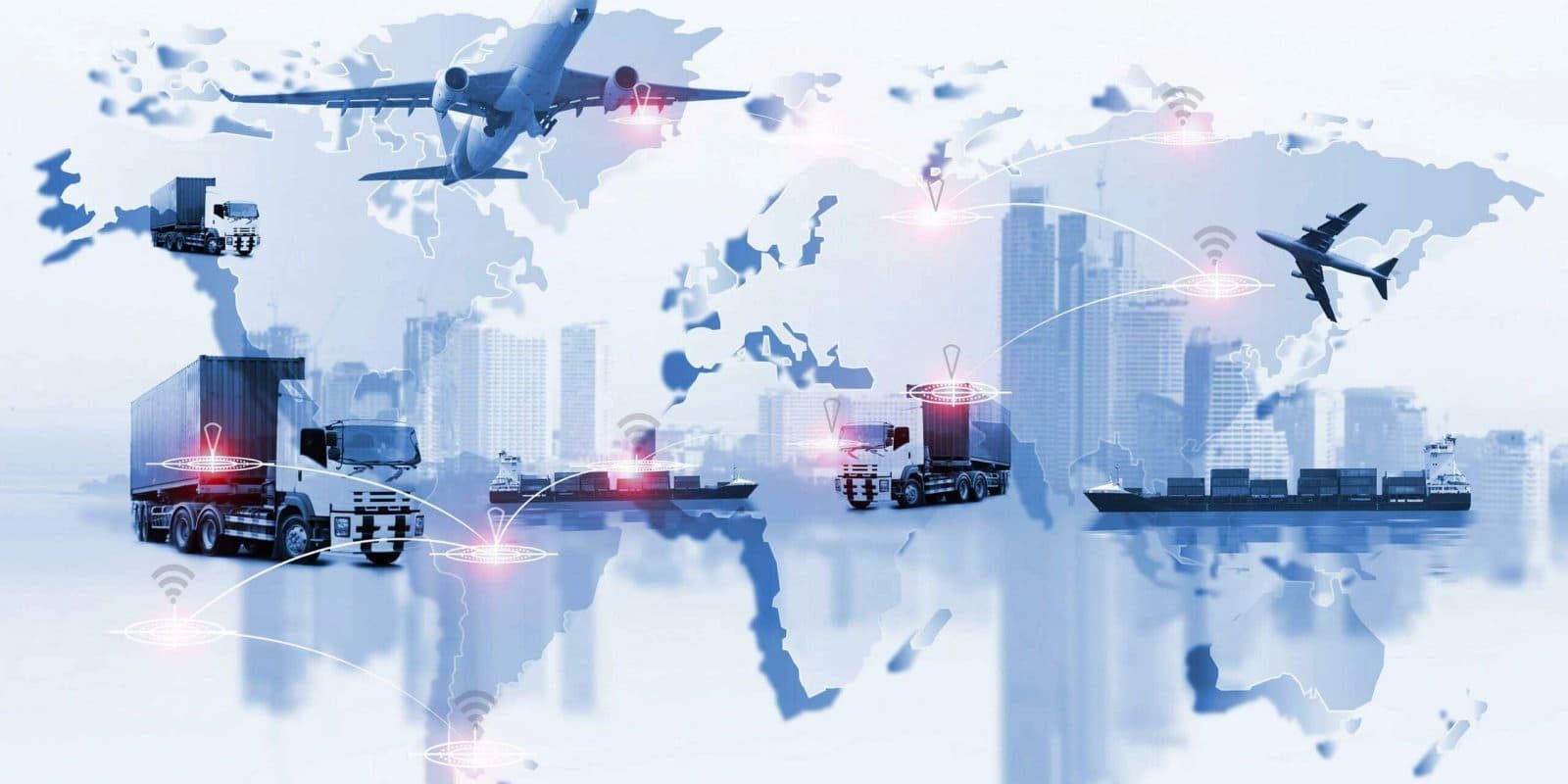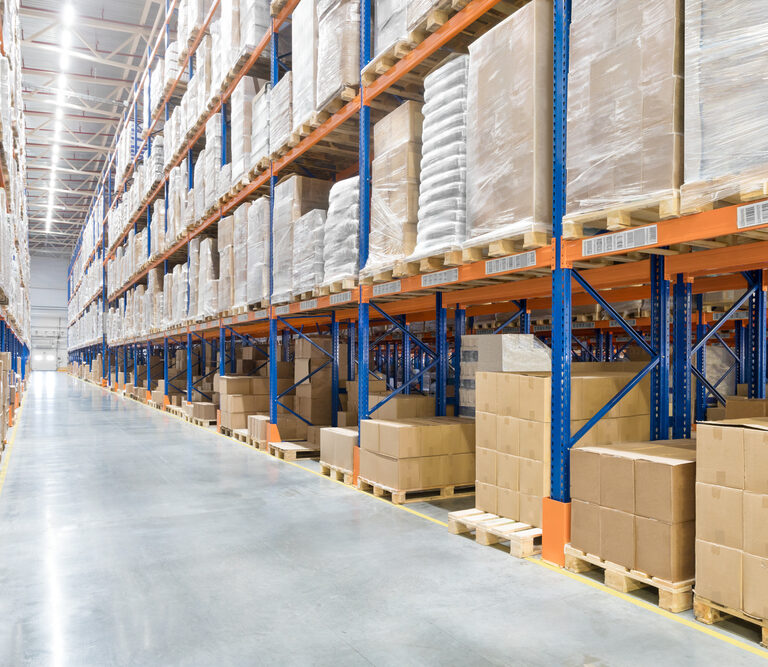The incoming administration has announced its intent to issue increased tariffs on imports to the United States. The current proposal suggests an increase of 10% to 20% tariff on all imports with an additional 60% to 100% tariff on imports from China. With China representing approximately 15% of total US imports, this advancement highlights a critical consideration for companies sourcing or manufacturing product outside of the United States. While no policy has been officially instated, it is important for supply chain leaders to begin considering how tariffs, if implemented, would impact their supply chains.
In this blog, we will discuss which industries will likely be the most impacted by tariffs and share insight from our supply chain strategy experts on how supply chain leaders can prepare their networks to adjust to tariffs while maintaining profitability and competitive customer service levels.
Industries Impacted by Tariffs
Industries that have a heavy reliance on imported materials stand to see the most impact on their supply chains from the implementation of tariffs.
Industries that have a high reliance on imported materials include:
- Manufacturing – Many manufacturers import their raw materials from other countries. With tariffs, these raw materials would face an increased landed cost, which would impact the manufacturer’s overall cost model.
- Consumer Goods: Greater than 30% of consumer goods items are imported or have imported components including electronics, appliances, home goods, and toys. Consumer goods like electronics are nearly 80% imported.
- Automotive: The automotive industry relies heavily on imported goods in the manufacturing of vehicles. With tariffs, the automotive industry should expect to see increased landed costs for its imported vehicle parts.
- Apparel and Footwear: 99 percent of the shoes sold in the United States are imported — primarily from China, Vietnam and Indonesia. Apparel and footwear companies will either need to account for tariff fees on these items or consider moving their manufacturing operations to the U.S.
Preparing Your Supply Chain for Tariffs
The best way to understand the impact of tariffs on your company and customers is to model various scenarios with various tariff structures and supply chain costs. An end-to-end supply chain model will determine how tariffs will impact landed cost and service levels to your customers. This model should include inventory holding and cash flow impacts in addition to ports and shipping schedules.
Complete Supply Chain Modeling
The biggest impact that companies should anticipate seeing from tariffs is to their landed cost and total inbound cost model. With these new increased costs, companies should reexamine their entire cost models to include their supply chains. Most companies in these situations will adjust some of their supply base and supply chain networks to optimize costs. This includes inbound transportation, inventory positioning, facility placement, sourcing and more.
- Changing Sources – Where a company sources its products, and the ensuing inbound transportation, will make a big difference in how tariffs impact its supply chain. By diversifying suppliers across multiple countries, supply chain leaders can avoid dependence on a particular market, creating more overall resilience of operations. This diversification, however, creates additional complexity in the planning and execution of the supply chain.
- Facility Relocation – Companies may decide to relocate certain parts of their supply chain to different domestic or international locations to mitigate the impact of tariffs on their imports. This realignment should include potential make vs. buy analysis and additional modeling to determine the total impact.
- Reshoring – Some companies may consider reshoring, which would involve bringing certain functions like production and manufacturing back to the U.S. This will eliminate the need to import from other countries, mitigating a significant amount of the impact of tariffs.
- Insource vs. Outsource vs. Hybrid – Companies will need to consider whether insourcing, outsourcing or a hybrid of the two will be most beneficial for them and their customers. Insourcing can give companies better control over lead times and tariffs, while outsourcing can enable lower labor costs but involve more import tariffs. Sometimes a hybrid of the two can provide a happy medium for an organization’s supply chain.
- Planning and Inventory Management – Changes to product sources and overall supply chain networks frequently impact lead times and supplier delivery consistency and can create additional difficulty in ensuring a consistent flow of inventory. Certain inventory management strategies can help alleviate some of these challenges.
Artificial Intelligence (AI)
As AI begins to play more of a role in supply chain management, organizations can leverage this emerging technology to help them manage the impact of tariffs on their supply chains.
- Dynamic Pricing – Dynamic pricing tools that leverage AI technology can allow retailers to adjust prices in real-time based on tariff impacts and market condition. This can help retailers maximize their assortment without putting the cost increases on the customer.
- Demand Forecasting – AI-powered demand forecasting tools allow companies to better anticipate market needs. They can use this information to adjust their inventory and sourcing strategies to mitigate tariff impacts.
Let’s Have a Conversation®
These proposed tariffs are just another example of why resilience is paramount in the supply chain. Using the tools and strategies in this blog will create a solid foundation of resilience in your supply chain operations and help you maintain profitability, customer service levels and a competitive advantage. For personalized guidance on how your supply chain strategy needs to be adjusted for higher resilience against tariffs, contact our supply chain experts. Let’s Have a Conversation®.






